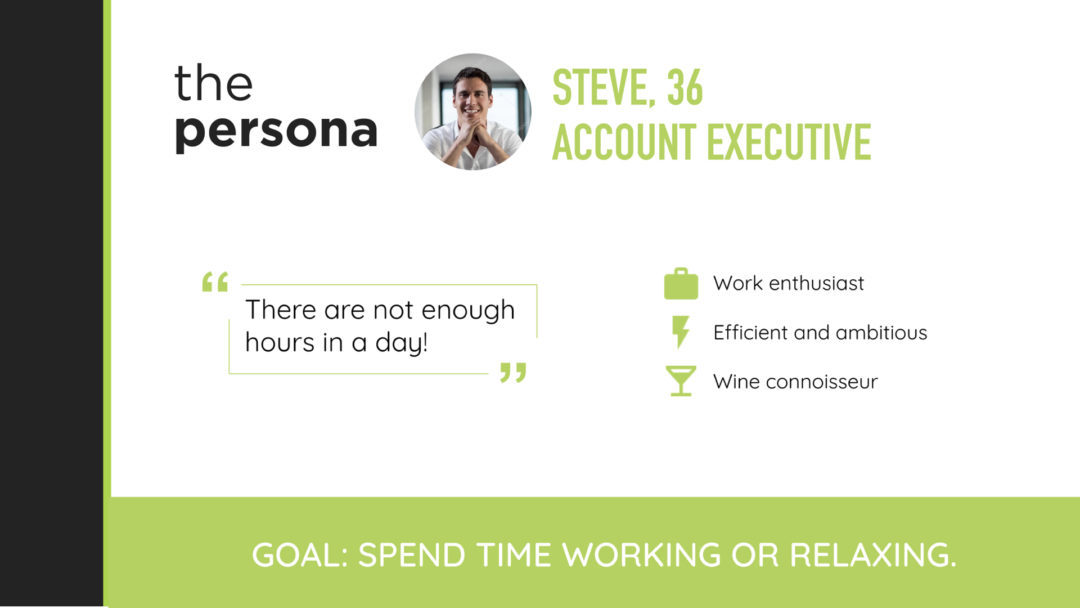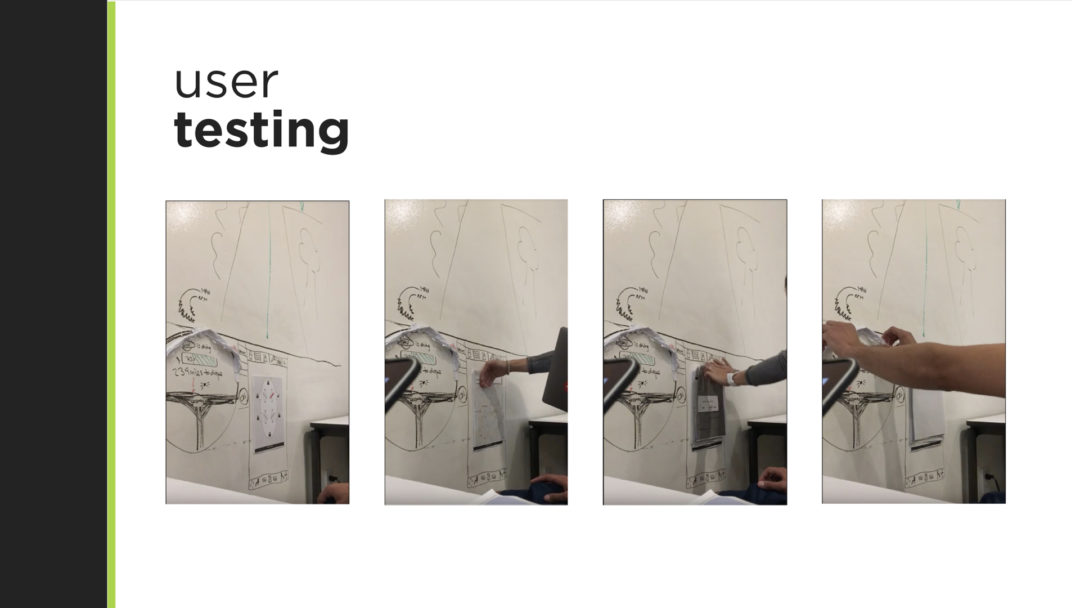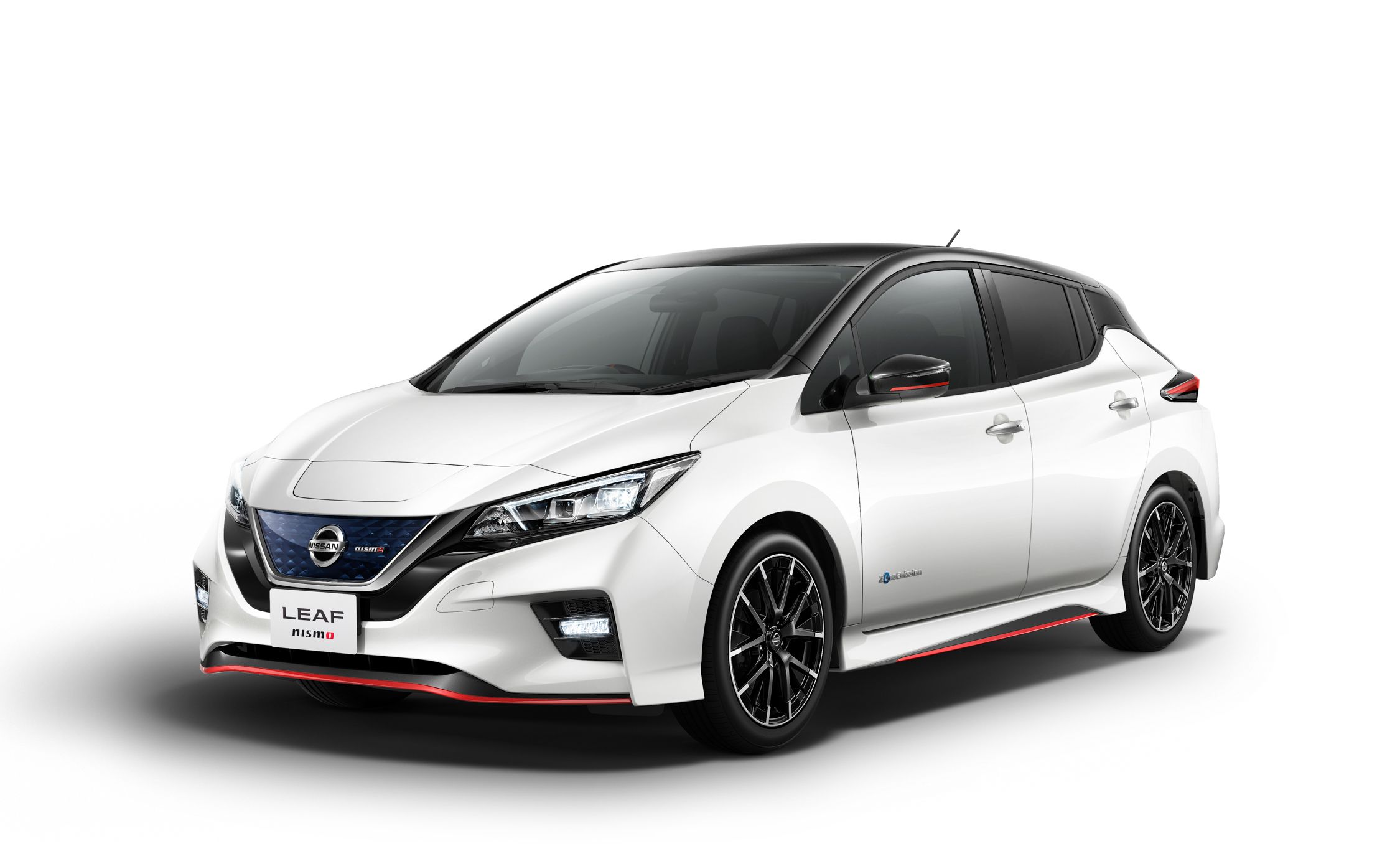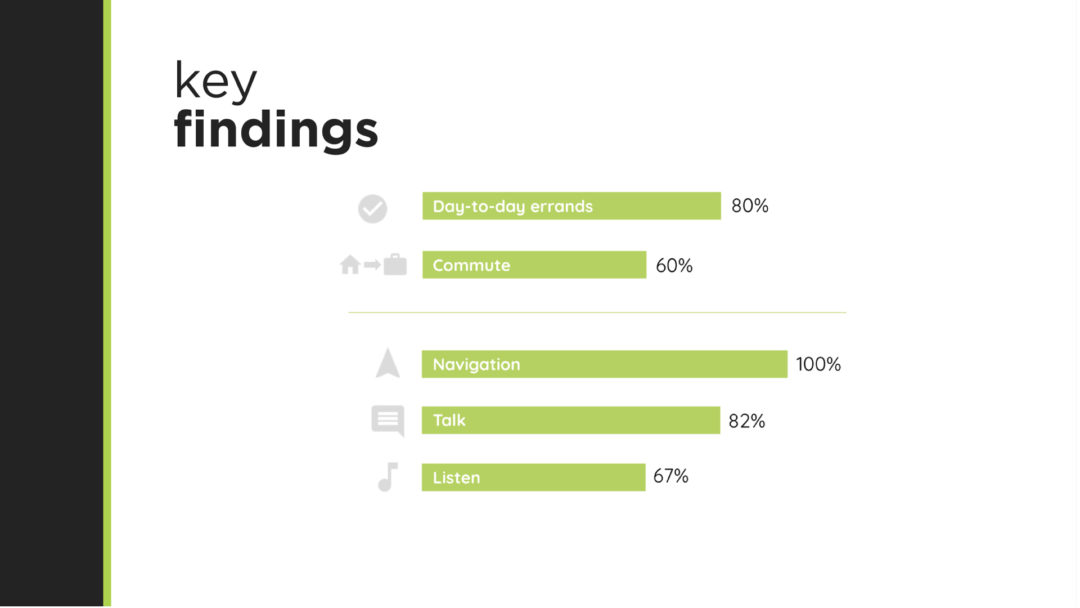Nissan Leaf — Your New Chauffer
In A World That’s Becoming Increasingly More And Digital And Fast Paced, The Case For The Existence Of Self-Driving Cars Is One Of Great Relevance.
In a market currently dominated by both luxury and sports cars, Nissan has the great opportunity to capitalize on its familiar, affordable, family-friendly brand to the current trend of self-driving cars while maintaining its approachable demeanor.
How do we create an easy-to-learn Nissan to carry over that very essence of their brand to a technology that may not be seen as approachable or even trustworthy?
Relatively New Territory
Discovering The Current Landscape And Attitudes Regarding Autonomous Cars.
We conducted user interviews and surveys to see how people currently felt about self-driving cars. We learned that some people felt relatively skeptical about self-driving cars while others who felt more open to the technology still had their own reservations.
To ensure safety and trust, we wanted to make sure that the car’s functionality was easy to learn and maintained safety features that are currently seen in today’s cars. We also wanted to make sure that users’ could easily learn and manage the autonomous car.

Persona
MEET OUR USER STEVE
Steve is an account executive. He’s a go-getter, he’s ambitious, and he believes in the art of the hustle. Steve starts his day early and ends his day late, trying to accomplish as much as possible in both his daytime work and his personal life. Time is money for Steve.
With the self-driving Nissan Leaf, Steve is now granted the affordance of extra time to start his day during his commute. This extra time can be used for either leisure or work purposes, an affordance Steve likes and a luxury he wishes he had sooner.

Familiar Features
SKEPTICISM MEETS PRACTICALITY
To meet practical needs and also create comfort and trust for skeptics, we chose to focus on safety features and navigation.
We established familiarity by carrying over current car dash features in order to minimize the learning curve. We also focused on the navigation function of the car.
Key elements in the dash that users are already familiar with were integrated, elements such as the main dash, a middle touch-screen console (feature made standard by the likes of Tesla and other competitors alike.), and the head display.
Prioritized features were features that contributed to safe driving.
- Augmented Wind Shield (Navigation)
- Off-Handing Transition—how to switch to and from driverless mode (Navigation and Safety)
- Car Dash — show car status and maintenance alerts (Safety)
Typical Use Cases of Traditional Cars
To Understand Current Attitudes Towards Self-Driving Cars And Traditional Cars Alike We Conducted User Interviews And Surveys.
We learned that people cared to be in the know when it comes to traffic items such as estimated time of arrival and accidents.
Paper Prototyping
Our Prototype Included One Person Acting As The Voice Of The Car As Well As A Paper Prototype For The Changing Screens And Interactions.
Feedback
- Users felt anxious about the countdown timer we incorporated (our proposed solution in regards to off-handing the car from Nissan Leaf to the driver.)
- The alerts on the window were too large — this needed to be minimized for safety.
- The augmented arrows were a delighter and also helpful for navigation.
Iterations
- Add a welcome screen for on-boarding.
- Reduce size of alerts to be non-intrusive
- Restructured Nissan Leaf’s language to be more concise.

Future Exploration
We noted that the unique experience offered by a self-driving car is that the driver can now opt to be a passenger, with the control of being the driver. With that in mind, we would start to focus on what the passenger experience is like and look into features related to entertainment and productivity. In this way the user can either relax or continue working before or after work during their commute.


